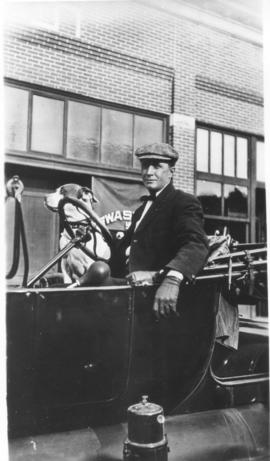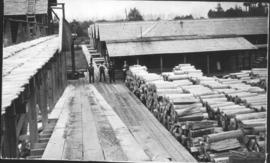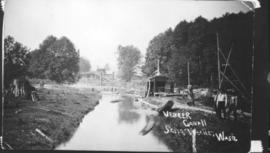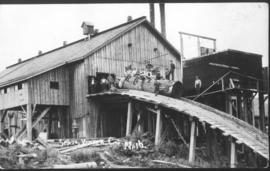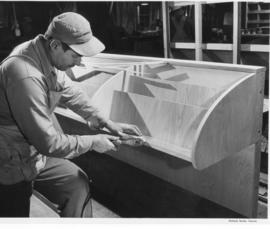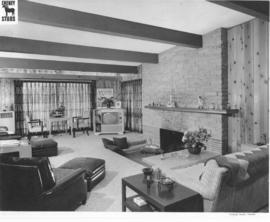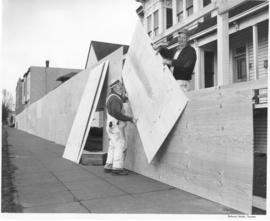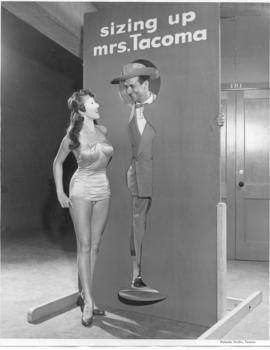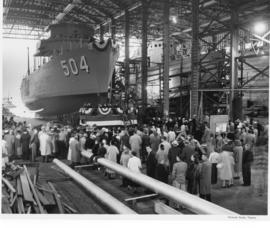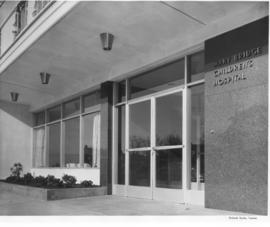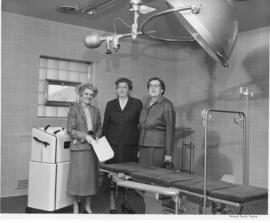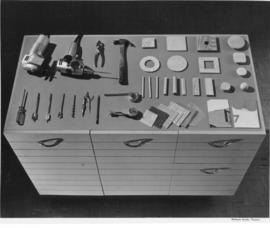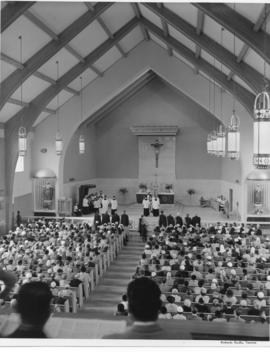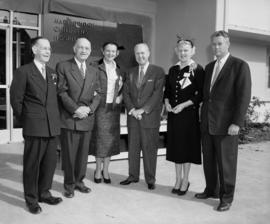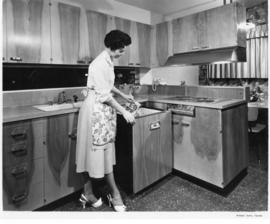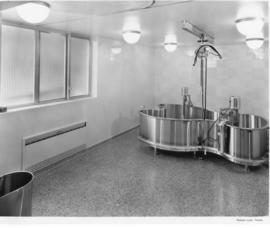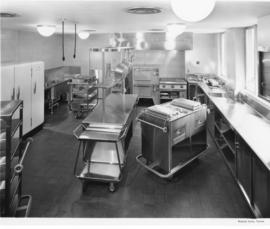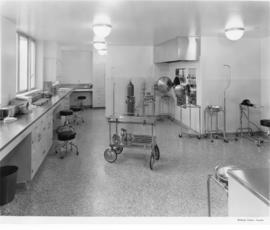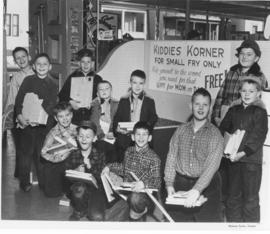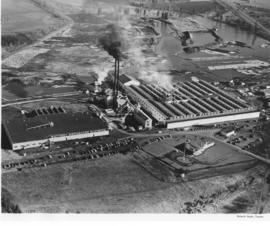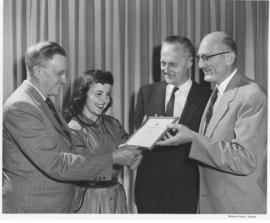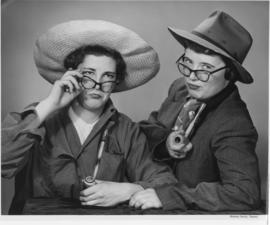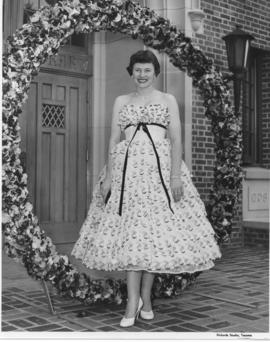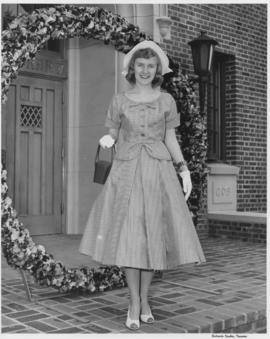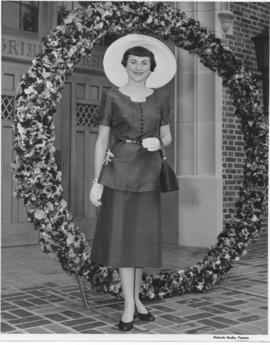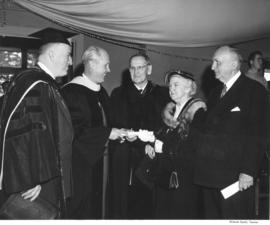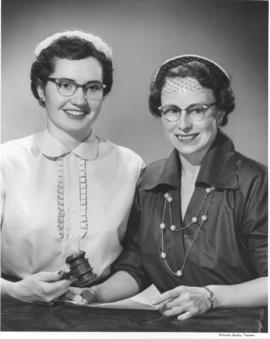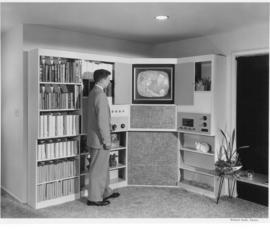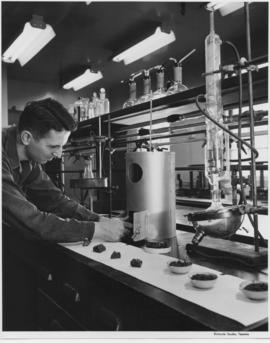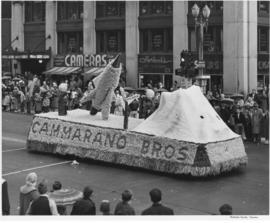- Item
- 1920
Part of Richards Studio Photographs
ca. 1920. Clyde D. Lloyd, one of the owners of the Sedro Box and Veneer Co. of Sedro-Woolley, Washington, poses with his favorite dog in his 1920 automobile. Copy of a customer's print. Lloyd, originally from Wisconsin, came west with the lumber industry and was a successful timber broker. In 1905, with an original investment of $6,000 each, William J. (Cottonwood Bill) Royse, Lloyd and Charles Peterson started the Sedro plant. For years the plant made only coffee and spice drums and berry baskets before beginning production of plywood panels in 1919. Royse was the colorful front man and Lloyd was the "all business" partner who anchored him. The Sedro plant was destroyed by fire December 4, 1924, but Lloyd played a vital role in lumber concerns in Bellingham after that time. ("The Plywood Age" by Robert M. Cour)
Lloyd, Clyde; Sedro Box and Veneer Co. (Sedro-Woolley); plywood; Lumber industry--Sedro-Woolley--1920-1930;
